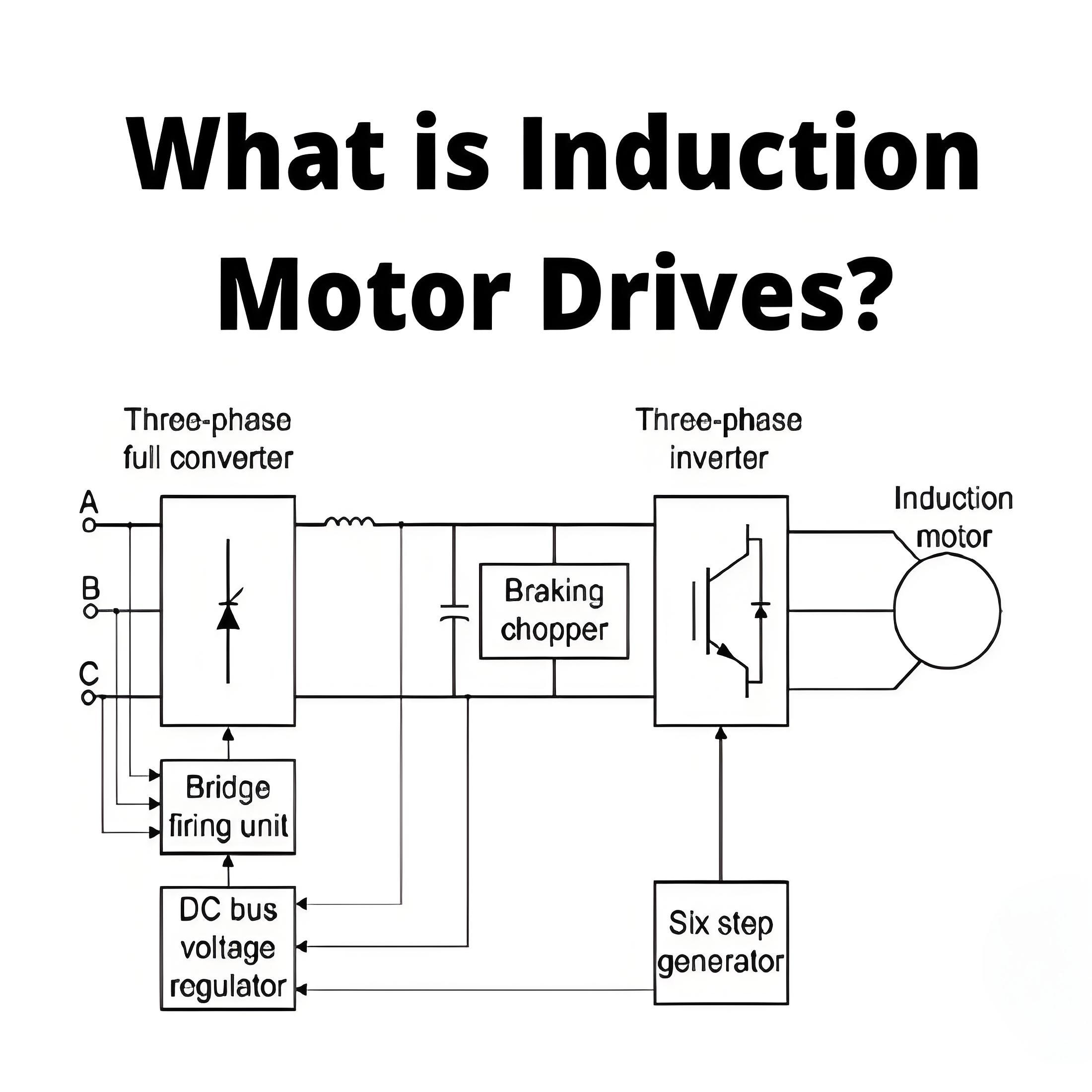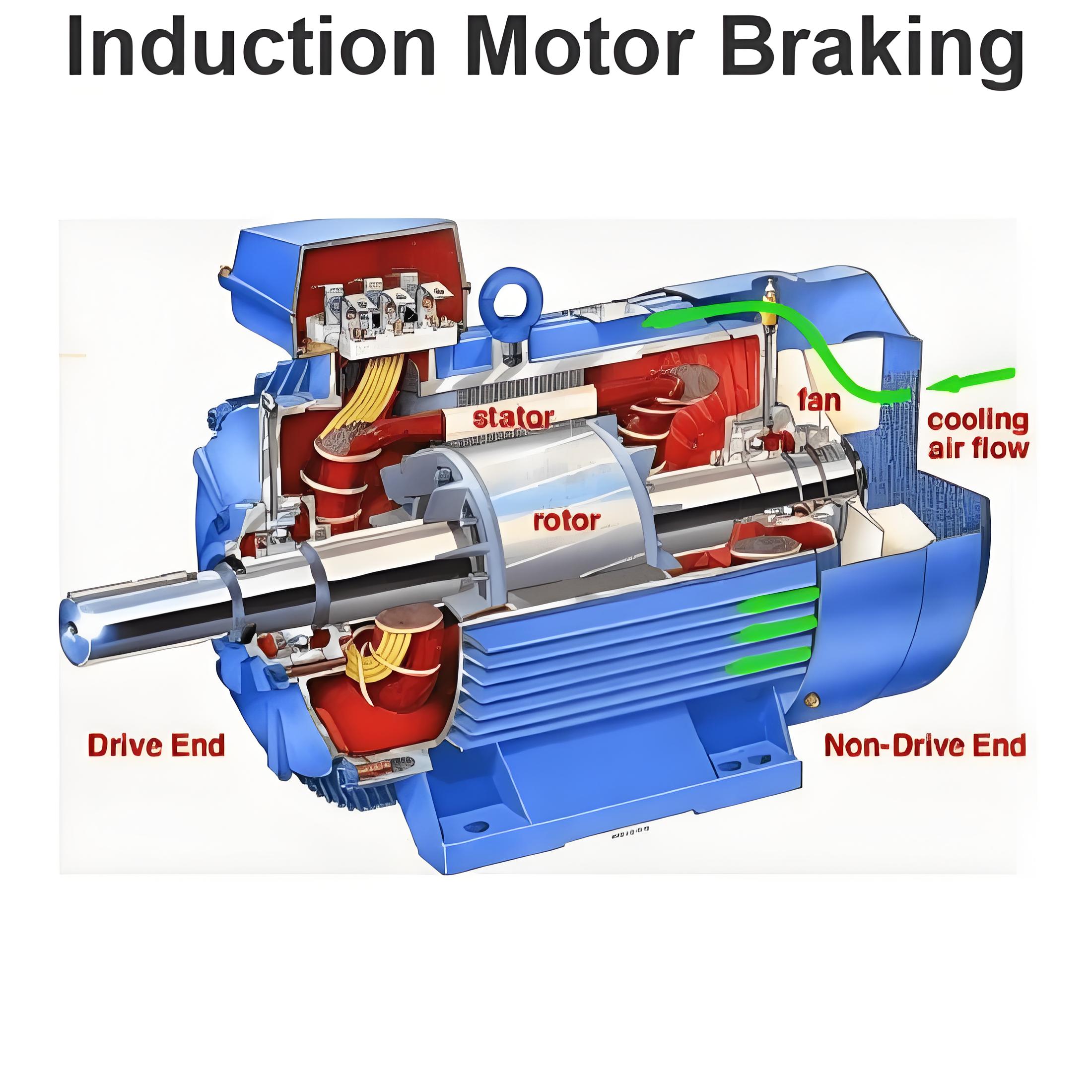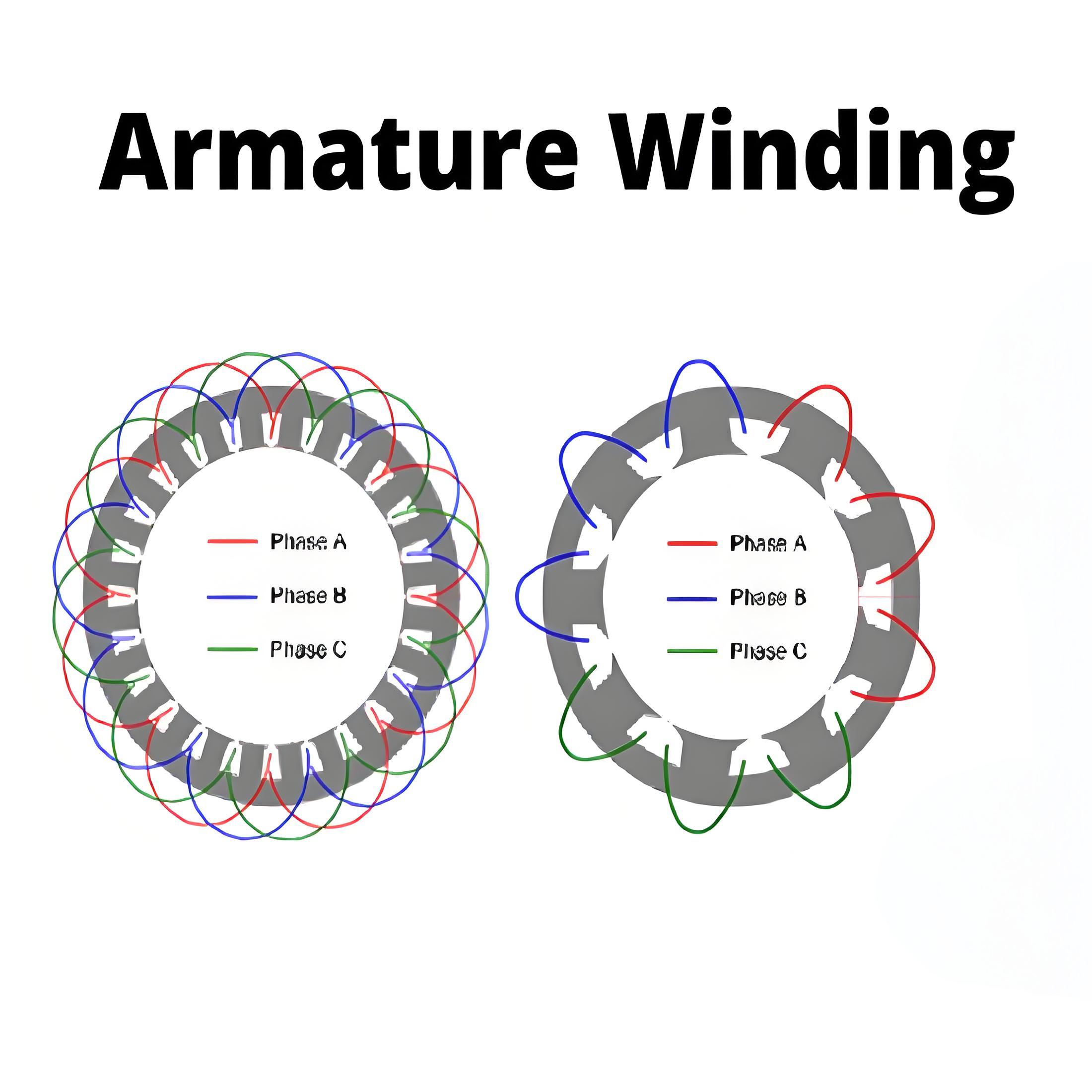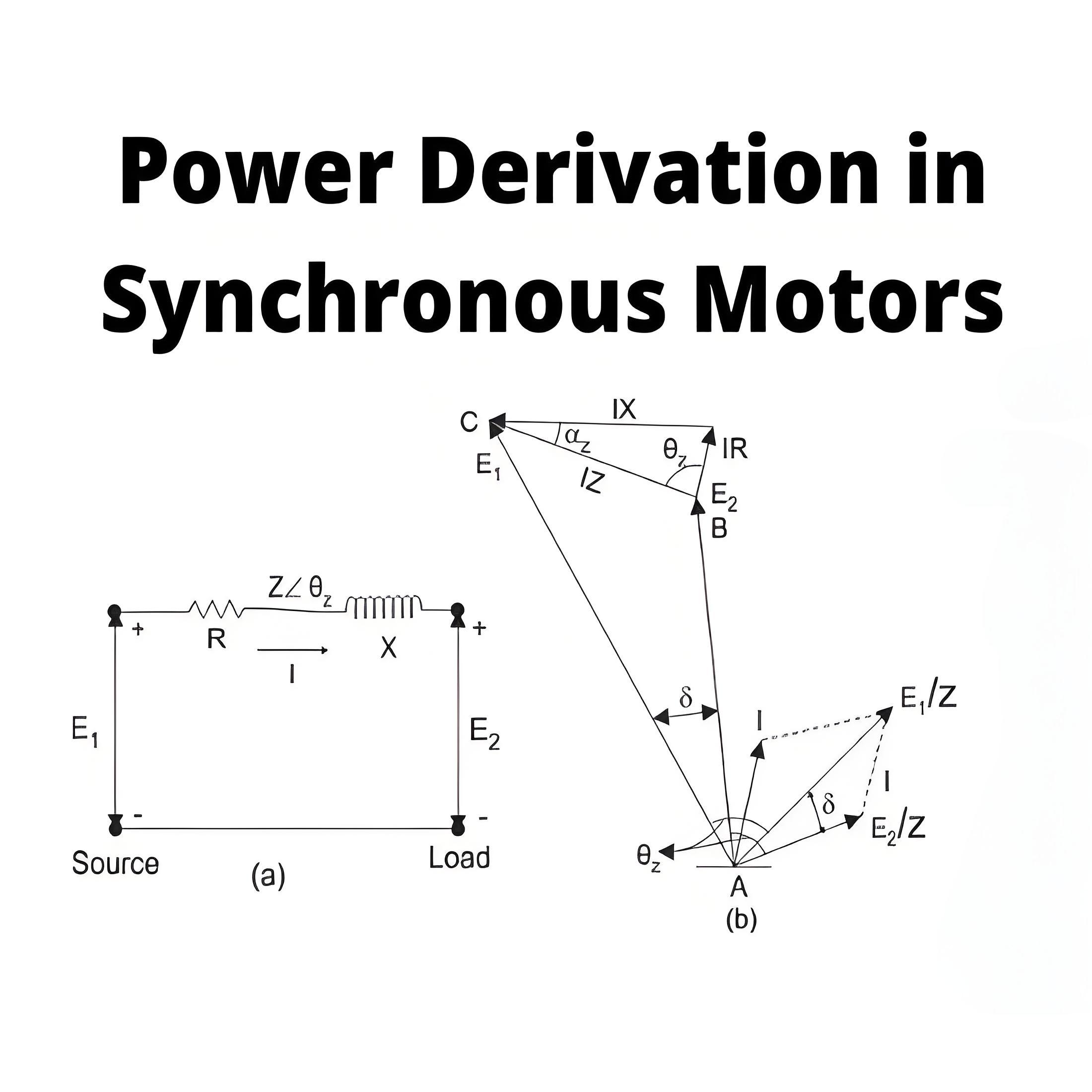What is a Single Phase Induction Motor?
What is a Single Phase Induction Motor?
Single phase induction motor definition
Single-phase induction motor is a kind of motor that converts single-phase electrical energy into mechanical energy by magnetic interaction.
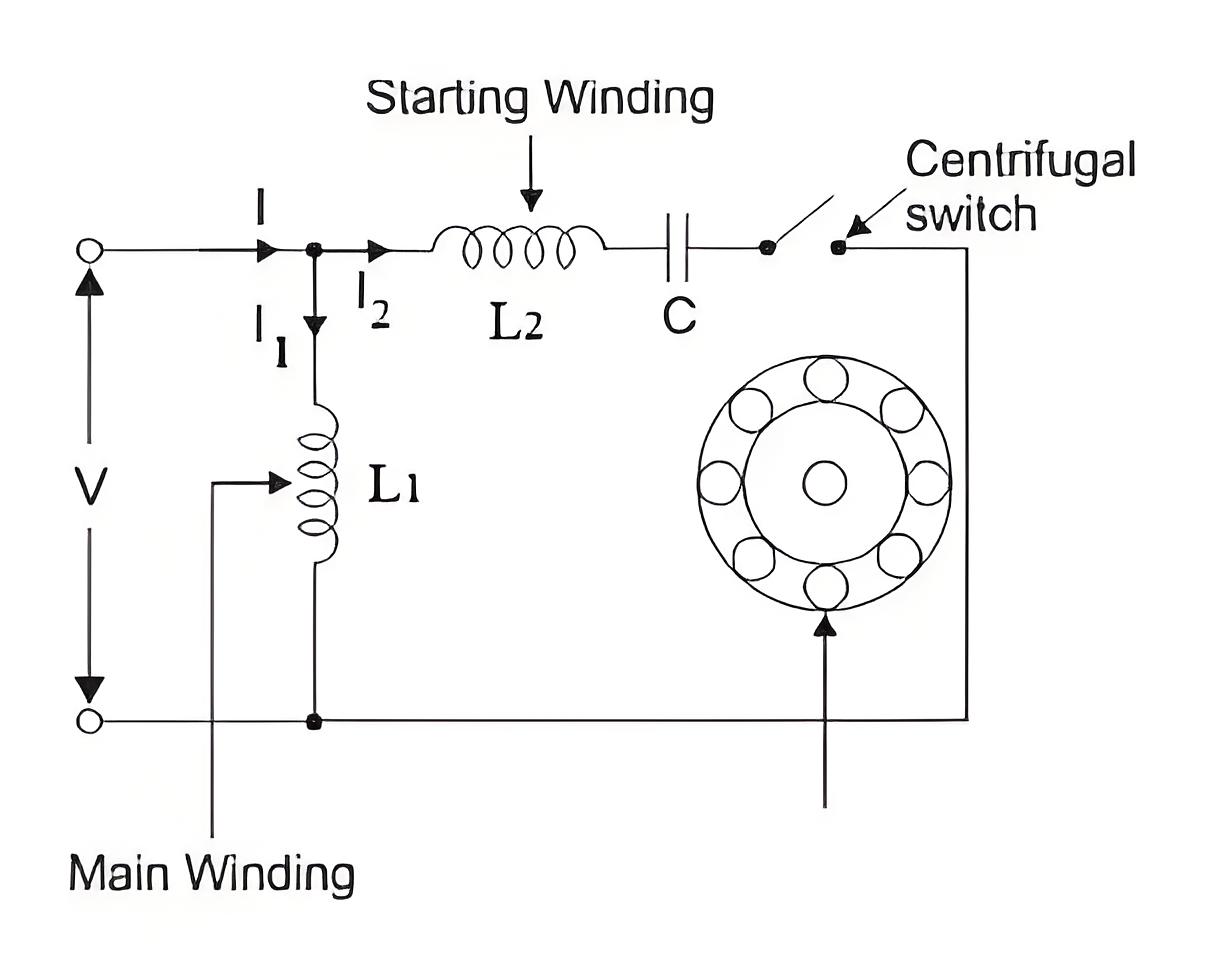
Structure
Stator
The stator is the stationary part of the induction motor. The single-phase AC power supply is provided to the stator of the single-phase induction motor. The stator of the single-phase induction motor is laminated to reduce the eddy current loss. Slots are located on its stamped parts and are used to carry the stator or main winding. The stamping parts are made of silicon steel to reduce hysteresis loss. When we apply a single-phase AC power supply to the stator windings, a magnetic field is generated, and the motor rotates slightly below the synchronous speed Ns. Synchronization speed Ns by the following formula
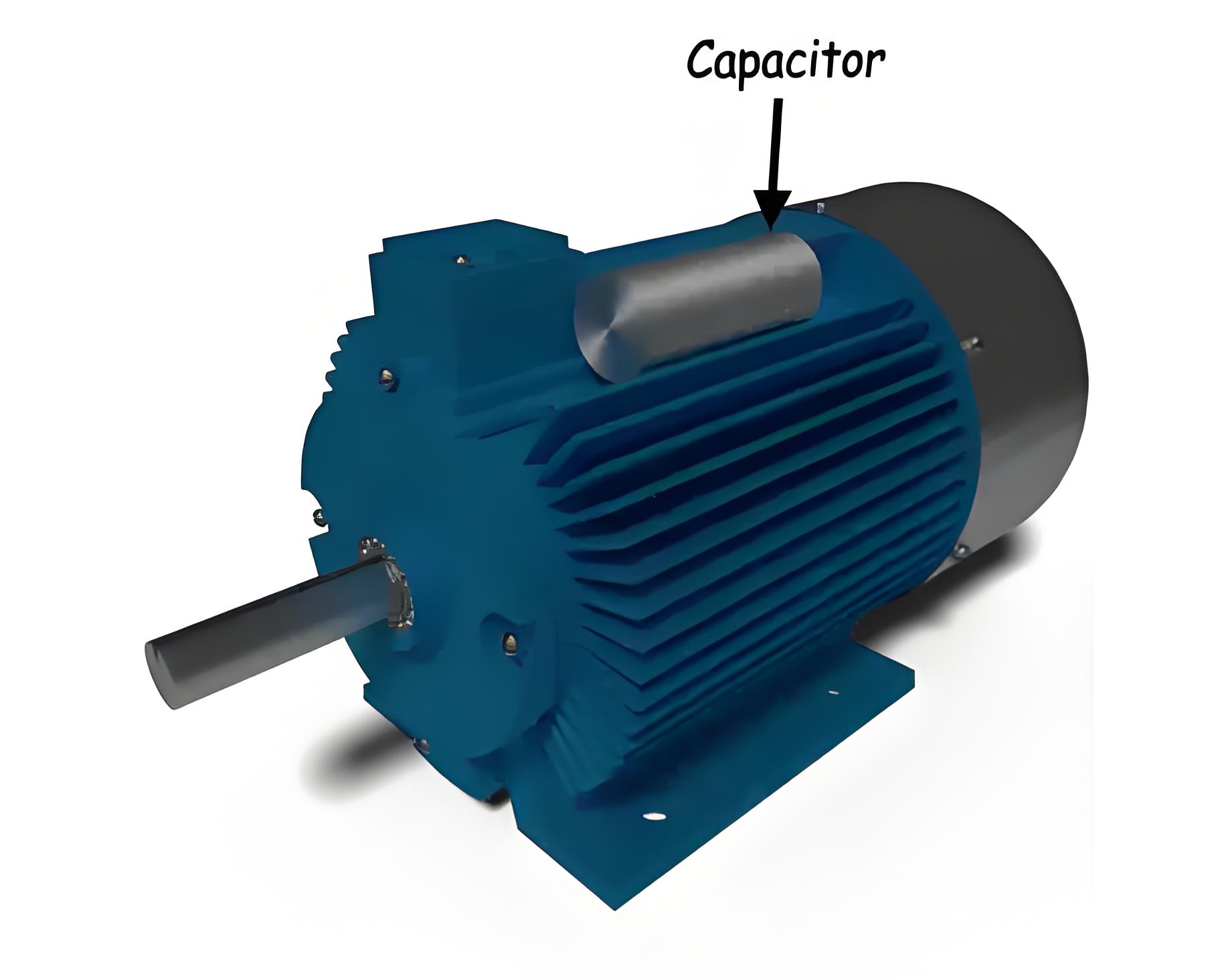
Rotor
The rotor is the rotating part of the induction motor. The rotor is connected by a shaft to a mechanical load. The rotor structure of the single-phase induction motor is similar to that of the squirrel-cage three-phase induction motor. The rotor is cylindrical and has grooves all over its periphery. Instead of being parallel to each other, the slots are slightly skewed because the tilt prevents magnetic locking of the stator and rotor teeth and makes the induction motor work smoother and quieter (i.e., less noisy).
f = supply voltage frequency,
P = No. of poles of the motor.
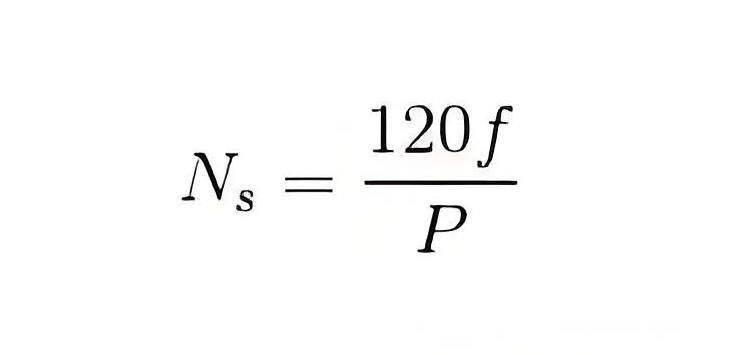
Working principle
These motors use alternating magnetic fields generated in the stator to induce current in the rotor, which creates the torque required for rotation.
Self-starting challenge
Unlike three-phase motors, single-phase induction motors are not self-starting because the opposing magnetic forces at start-up cancel out and do not produce torque.
Classification of single-phase AC motors
Split phase induction motor
Capacitance starts induction motor
Capacitors start Capacitors run induction motors
Shaded pole induction motor
Permanent split capacitor motor or single value capacitor motor
The Electricity Encyclopedia is dedicated to accelerating the dissemination and application of electricity knowledge and adding impetus to the development and innovation of the electricity industry.
